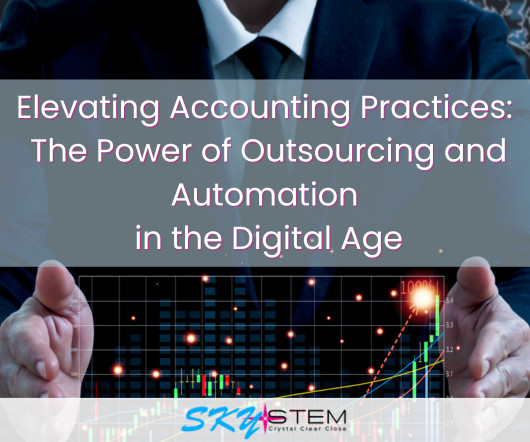Accounting for pledges
Accounting Tools
OCTOBER 21, 2023
Related Courses Nonprofit Accounting What is the Accounting for Pledges? A donor may promise a nonprofit to contribute money to it in the future. This promise is called a pledge. There are many types of pledges, such as ones that are to be fulfilled all at one time, in increments, and with or without restrictions. The accounting for a pledge depends upon the conditions attached to it.

























Let's personalize your content